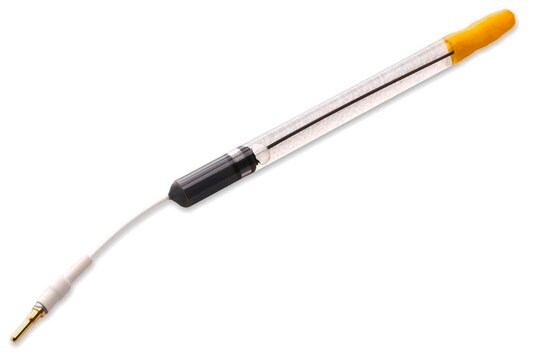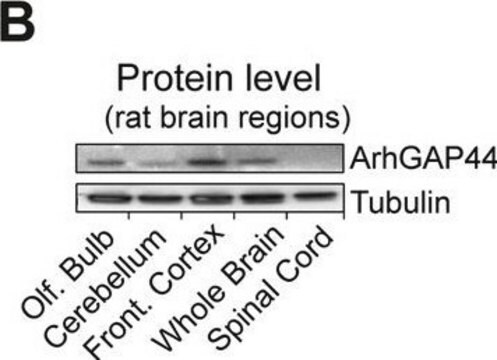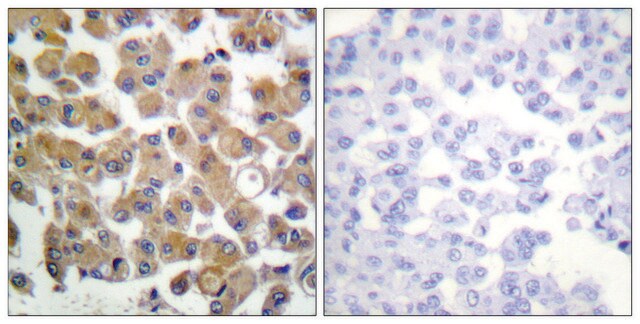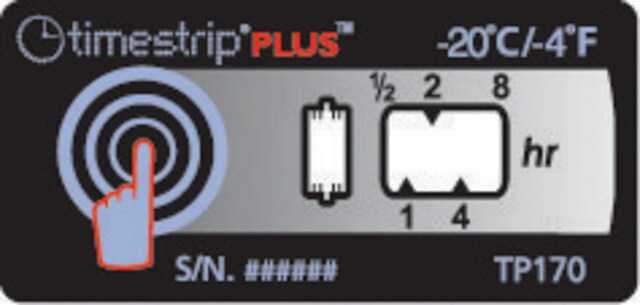ABC131
Anti-Ambra1 Antibody
from rabbit, purified by affinity chromatography
Synonim(y):
Activating molecule in BECN1-regulated autophagy protein 1, Ambra, Ambra-1
About This Item
Polecane produkty
pochodzenie biologiczne
rabbit
Poziom jakości
forma przeciwciała
affinity isolated antibody
rodzaj przeciwciała
primary antibodies
klon
polyclonal
oczyszczone przez
affinity chromatography
reaktywność gatunkowa
mouse, human
reaktywność gatunkowa (przewidywana na podstawie homologii)
rat (based on 100% sequence homology)
metody
western blot: suitable
numer dostępu NCBI
numer dostępu UniProt
Warunki transportu
wet ice
docelowa modyfikacja potranslacyjna
unmodified
informacje o genach
human ... AMBRA1(55626)
Opis ogólny
Specyficzność
Immunogen
Zastosowanie
Apoptosis & Cancer
Apoptosis - Additional
Western Blotting Analysis: 1 µg/mL of a representative lot detected Ambra1 in human cell lysates (HeLa & U87MG) and in mouse tissue homogenates (liver, kidney, and embryo), as well as exogenously expressed myc-Ambra1 in lysates from transfected HEK293 cells. (Courtesy of Dr. Sabrina Di Bartolomeo, Cecconi Lab at the Dulbecco Telethon Institute, Italy).
Western Blotting Analysis: Target specificity of a representative lot was confirmed by Western blotting analysis of Ambra1-knock mouse embryos and HeLa cells treated with Ambra1 siRNA. (Courtesy of Dr. Sabrina Di Bartolomeo, Cecconi Lab at the Dulbecco Telethon Institute, Italy).
Western Blotting Analysis: A representative lot detected decreased Ambra1 expression in tissue homogenates (kidney, liver, and lung) from Ambra1+/- mice when compared with tissue samples from wild-type mice. (Cianfanelli, V., et al. (2015). Nat. Cell Biol. 17(1):20-30).
Jakość
Western Blotting Analysis: 1 µg/mL of this antibody detected Ambra1 in 10 µg of MCF7 cell lysate.
Opis wartości docelowych
Postać fizyczna
Przechowywanie i stabilność
Komentarz do analizy
MCF7 cell lysate
Inne uwagi
Oświadczenie o zrzeczeniu się odpowiedzialności
Nie możesz znaleźć właściwego produktu?
Wypróbuj nasz Narzędzie selektora produktów.
Kod klasy składowania
12 - Non Combustible Liquids
Klasa zagrożenia wodnego (WGK)
WGK 1
Temperatura zapłonu (°F)
Not applicable
Temperatura zapłonu (°C)
Not applicable
Certyfikaty analizy (CoA)
Poszukaj Certyfikaty analizy (CoA), wpisując numer partii/serii produktów. Numery serii i partii można znaleźć na etykiecie produktu po słowach „seria” lub „partia”.
Masz już ten produkt?
Dokumenty związane z niedawno zakupionymi produktami zostały zamieszczone w Bibliotece dokumentów.
Produkty
Autophagy is a highly regulated process that is involved in cell growth, development, and death. In autophagy cells destroy their own cytoplasmic components in a very systematic manner and recycle them.
Nasz zespół naukowców ma doświadczenie we wszystkich obszarach badań, w tym w naukach przyrodniczych, materiałoznawstwie, syntezie chemicznej, chromatografii, analityce i wielu innych dziedzinach.
Skontaktuj się z zespołem ds. pomocy technicznej





